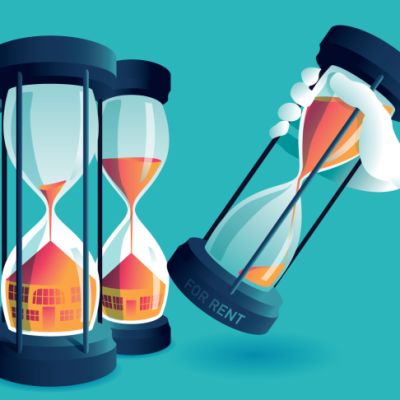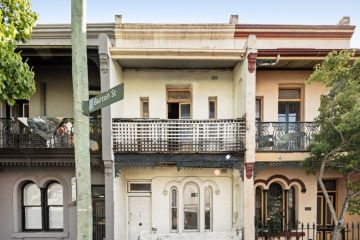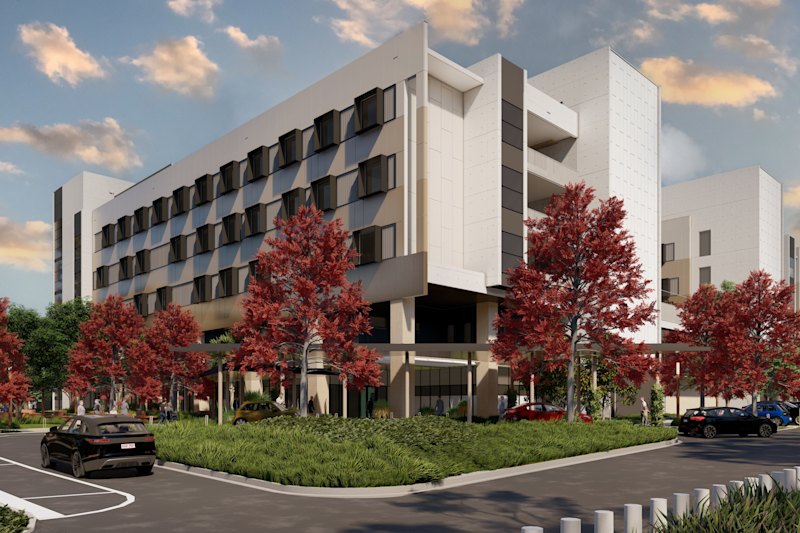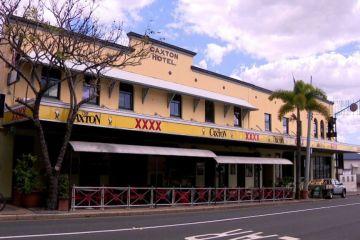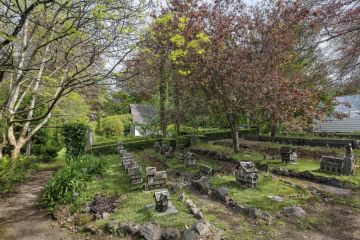'Someone will pay an absolute premium for it': Why period homes make solid investments
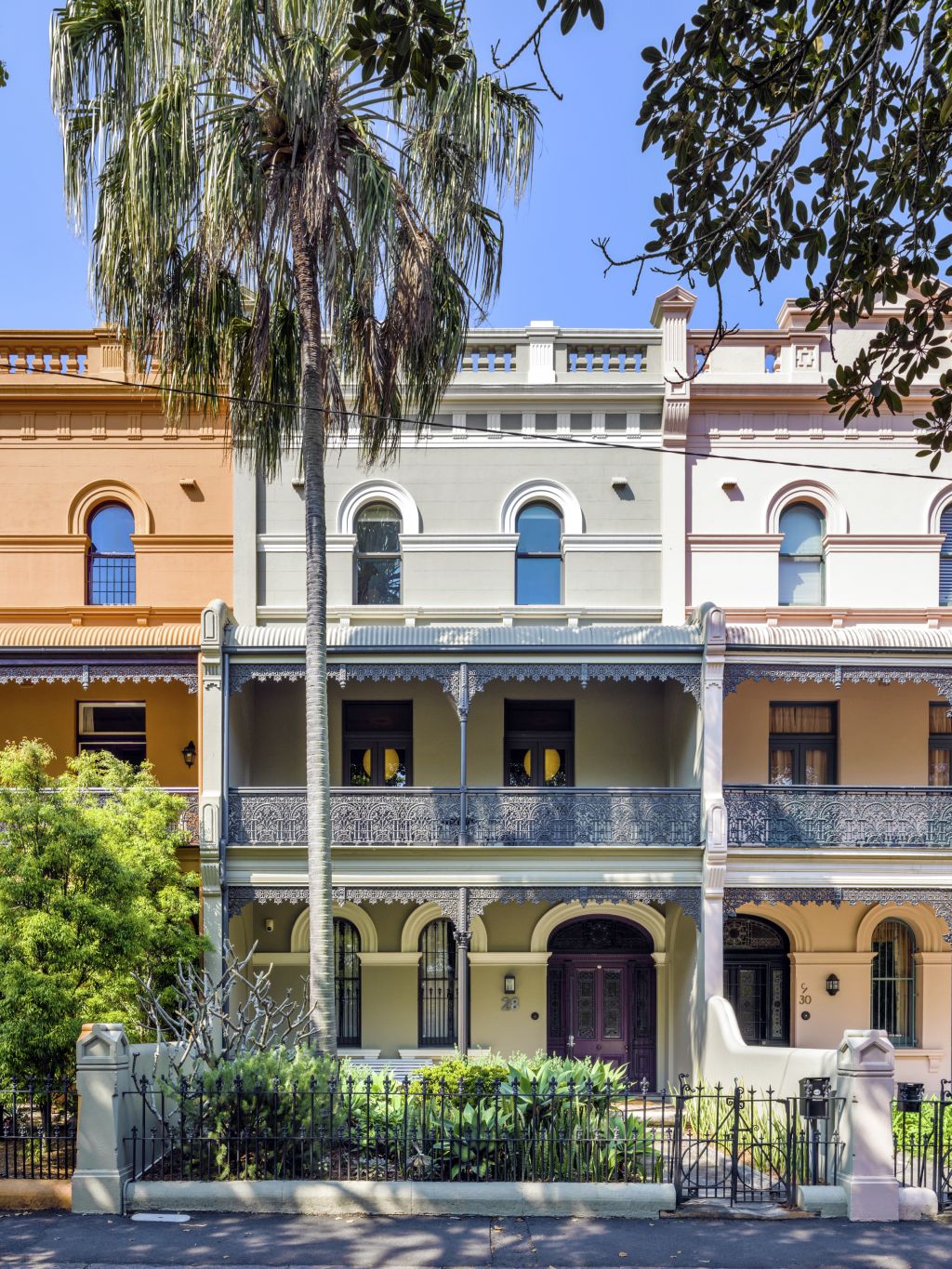
Period homes are highly desired by both owner-occupiers and investors, and often perform well in terms of price growth.
So why do buyers gravitate towards century-old properties, despite decades of innovation in construction?
Supply and demand
Supply is already limited and continues to decline as older houses are replaced, despite heritage restrictions often preventing demolition. Imitations tend to pale in comparison.
Demand from owner-occupiers is high. Buyers fall in love with beautifully restored Victorian terraces, Federation cottages, and Californian bungalows, and it’s not just the cast-iron filigree, timber fretwork, leadlight windows and ceiling roses that tug on their heartstrings.
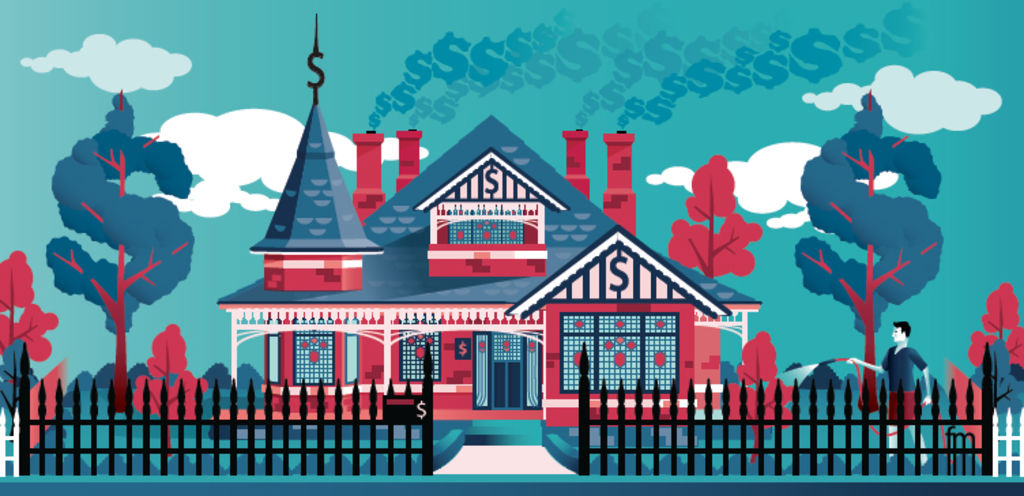
Many buyers want the perceived prestige of living in an ornate home of yesteryear, according to Empower Wealth founder Ben Kingsley.
“In the broader sense, we’re talking about scarcity combined with status,” he says. “That correlates into people paying emotional prices for these types of properties.”
Low supply and high demand push prices up, potentially generating significant long-term wealth for home owners. The key for investors is knowing what to look for.
“What you want is owner-occupier appeal,” Kingsley says.
Prime Position
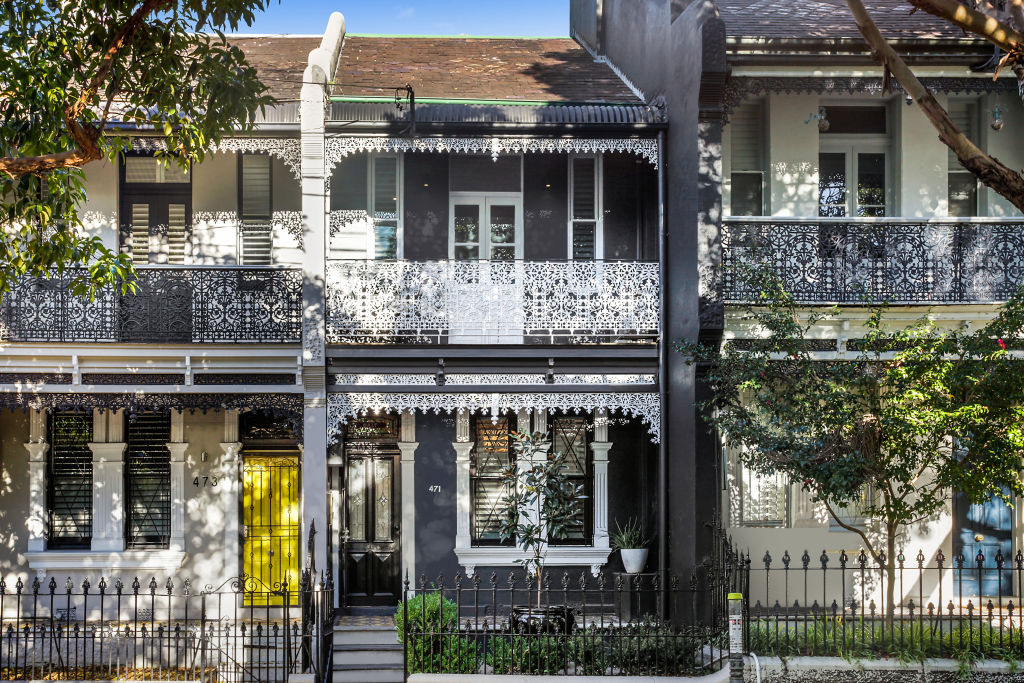
Period homes reflect their era in both style and location. Much like today’s new estates, lots were sold in suburbs created at the fringes, according to City of Sydney historian Dr Lisa Murray.
“Individuals bought them, but builder speculators also bought groups of lots, which they then developed,” she says.
The style of housing is linked to the development of infrastructure, Murray says. In Sydney, a train ride from the CBD will generally see period homes become younger as the number of stops from work increases.
The oldest surviving homes, Victorian and rarer Georgian terraces, are concentrated in the inner suburbs, followed by Federation and Edwardian cottages and Californian bungalows.
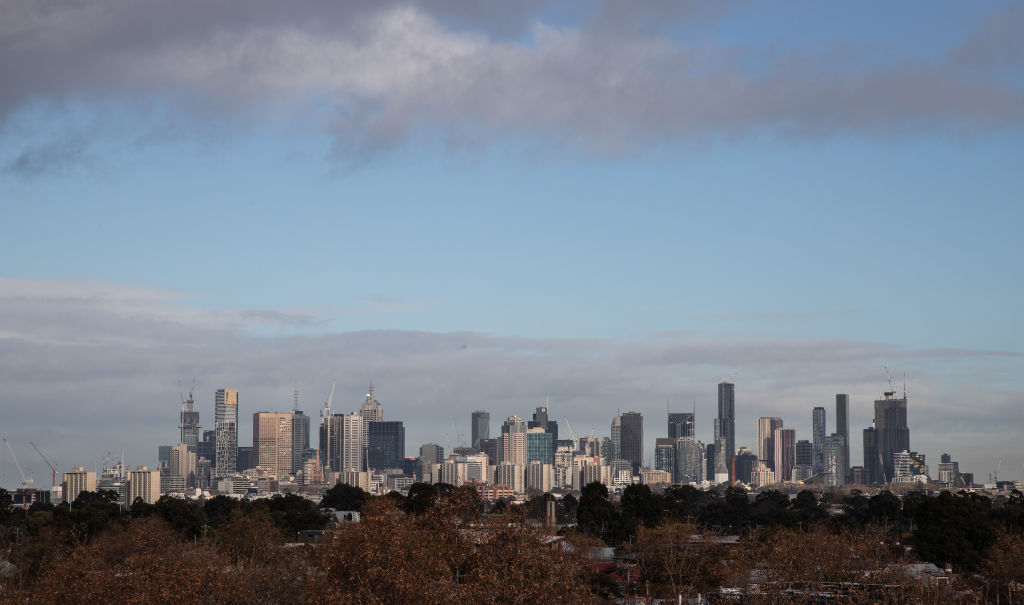
Heritage researcher Dr James Lesh of the University of Sydney says Melbourne’s subdivisions often followed new train lines built during the “Marvellous Melbourne” economic boom of the 1880s.
The oldest homes are found closest to the railways. As a result, period homes are often well-located with good transport connections, and home owners enjoy short commutes.
Moreover, access to high-income employment, usually concentrated in CBDs, drives long-term growth in land values as a city’s population rises. This is especially the case in inner-ring suburbs where there is an underlying scarcity of land, according to Kingsley.
This is especially the case in inner-ring suburbs where there is an underlying scarcity of land, according to Kingsley. “That is the fundamental thing that gives the majority of outperformance.”
Condition and potential
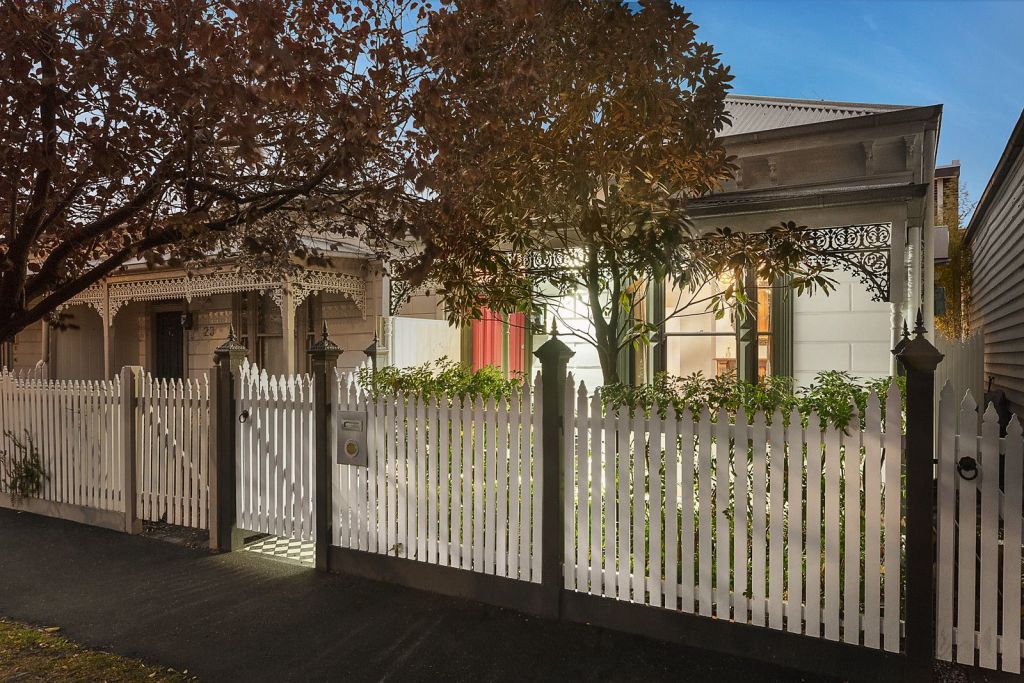
Not all period homes are created equal. Murray says semi-detached homes were usually more austere, having been built for rent by speculating developers.
On the other hand, the rise of free-standing homes was linked to Australia’s growth as a suburban nation, according to Lesh. “They reflected the Australian dream of home ownership,” he says.
“These were homes for the growing middle classes and had separate functional living areas and backyards for children to play.”
Lesh says a higher level of ornamentation could indicate the wealth of the family who originally built the home.
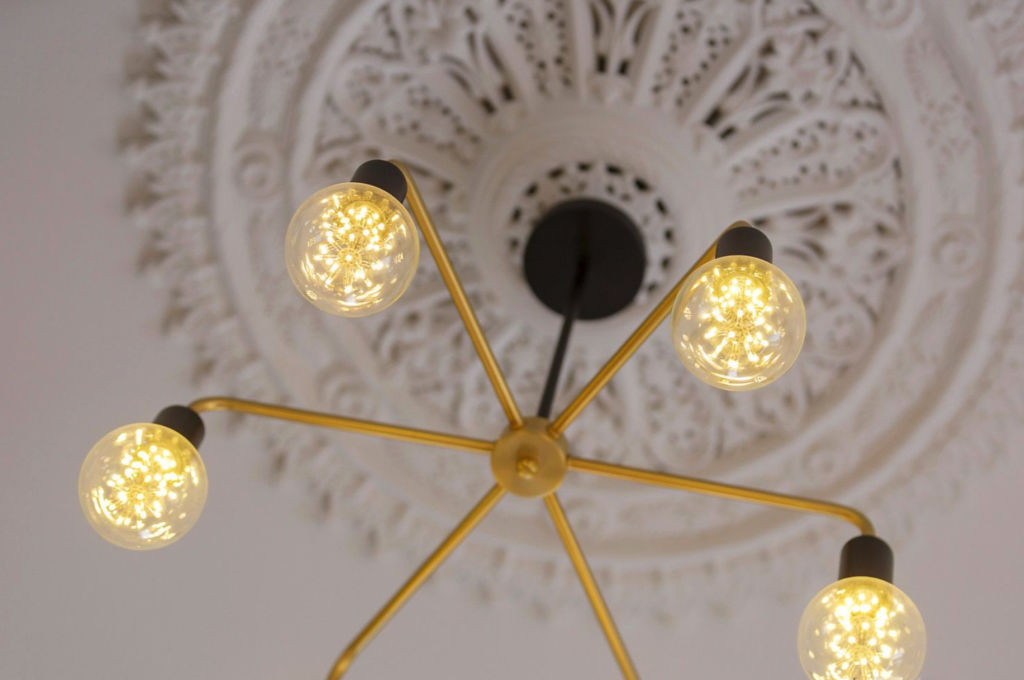
“The builder or the person who bought the property would also obtain a plan for the house, from the State Bank of Victoria, for example,” he says. “These were basic plans, so home owners could decorate and furnish the homes as they wished.”
Few period homes are entirely original. Some have bolted-on “lean-to” extensions, while others have been stripped of their decorative features. Neglected homes may have crumbling facades, rotten stumps and leaking roofs. Even some well-maintained homes may be out of plumb, Murray says.
Many have been completely transformed. “Today’s living is, of course, open plan,” says Frank Blueming, managing director of Period Extensions & Designs. He says most major extensions involve reworking “maze-like” floor plans.
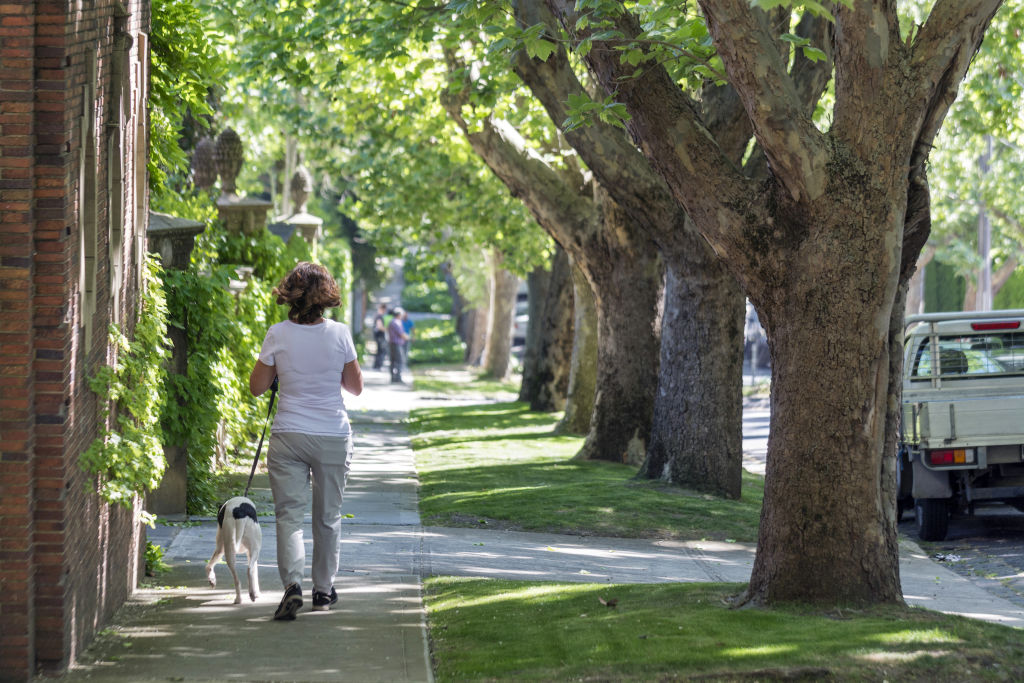
Kingsley says the prospect of an expensive structural renovation doesn’t deter buyers seeking a foothold in blue-chip suburbs.
“There will be people who can realise the value in a … beautiful extension and restore a home back to its former glory, and someone will pay an absolute premium for it.”
We recommend
We thought you might like
States
Capital Cities
Capital Cities - Rentals
Popular Areas
Allhomes
More
